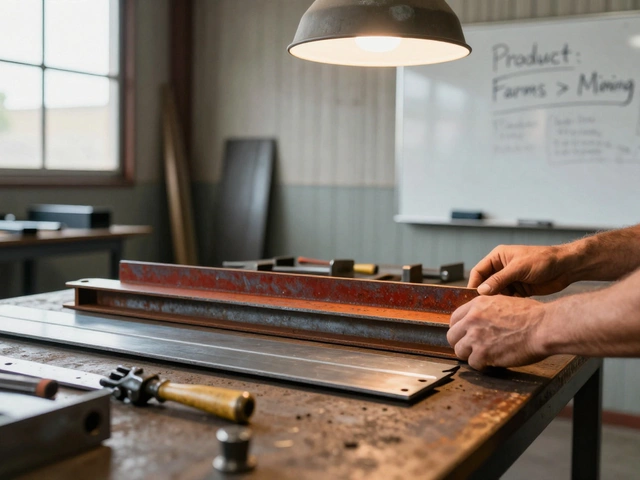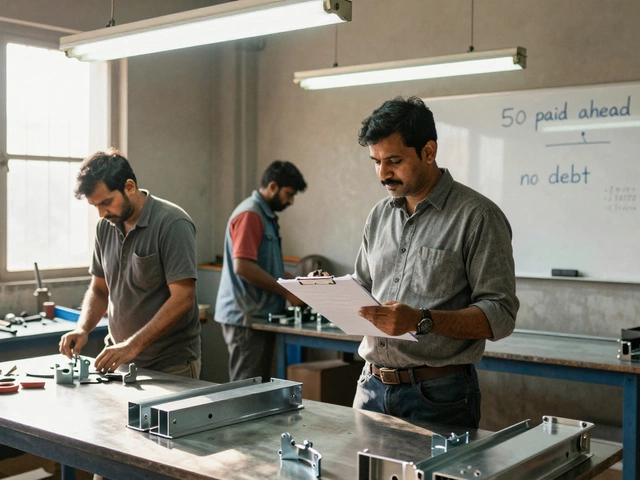Make in India Issues: Real Problems and Simple Fixes
India’s push for local manufacturing sounds great on paper, but on the ground the story is messier. Companies keep hitting roadblocks that slow growth, raise costs, and sometimes make them look abroad instead of at home. In this article we break down the most common issues and give you straight‑forward ideas that actually work.
Policy Gaps That Slow Production
First up, policy. The Make in India program promises tax breaks, easier licences, and better infrastructure, yet many firms still wrestle with confusing regulations. For example, a small scale factory in Gujarat might need three different permits from three departments, each with its own timeline. This not only wastes time but also adds hidden expenses.
A quick fix is to use a single‑window clearance system that many state governments are piloting. Look for the online portal that bundles all licences into one form – it can cut approval time by up to 40%.
Supply‑Chain Bottlenecks
Even when licences are sorted, getting raw material on time remains a headache. The 5 M’s of manufacturing – Man, Machine, Material, Method, Measurement – all rely on a steady material flow. When a pharma hub in Baddi can’t get the right API on schedule, production lines sit idle, and profit margins shrink.
One practical move is to diversify suppliers within the country. Instead of relying on a single vendor in one state, map out alternatives in neighboring regions. This reduces the risk of a single point of failure and often improves bargaining power.
Another tip: use digital inventory tools that alert you when stock dips below a safety threshold. Many Indian startups now offer low‑cost cloud platforms that integrate with local warehouses, giving you real‑time visibility without heavy IT investment.
Skilled Manpower Shortage
Many manufacturers complain that there aren’t enough trained operators for modern CNC machines or automated assembly lines. The gap isn’t just in numbers – it’s also in the quality of training. Traditional vocational schools often teach outdated techniques.
Partnering with industry‑focused training institutes can close this gap. Look for programs that blend classroom lessons with on‑site apprenticeships. Some states even subsidize such collaborations, cutting your training costs.
Infrastructure Weaknesses
Roads, power, and logistics still lag behind the ambitions of Make in India. A furniture manufacturer in Bangalore reported frequent power cuts that forced them to run generators, bumping up electricity costs by 30%.
Investing in on‑site renewable energy, like solar panels, can offset these costs and provide a reliable backup. Many local banks now offer low‑interest loans for green energy projects under the government’s green initiative.
Export and Import Hurdles
Companies that want to export or import face a maze of customs duties and paperwork. For instance, importing raw timber for furniture production can attract multiple taxes that eat into margins.
Working with a customs broker who specializes in your product category can streamline the process. They know the exact HS codes, documentation, and any exemptions you might qualify for.
Turning Challenges Into Opportunities
All these issues sound daunting, but they also point to clear opportunities for businesses that can adapt quickly. By simplifying compliance, spreading risk across suppliers, upskilling workers, and leveraging renewable energy, you can make your factory more resilient and cost‑effective.
In short, the Make in India vision still holds a lot of promise. The key is to tackle the real‑world hurdles head‑on with practical steps that match your scale and budget. Start with one change – perhaps a digital inventory system or a local training partnership – and watch the improvements stack up.
Got a specific problem you’re wrestling with? Share it in the comments, and we’ll dig into a solution that fits your situation.
Why India Isn’t the World’s Manufacturing Hub: Deep Dive Into Challenges & Real Solutions
India’s massive potential as a global manufacturing giant remains largely untapped. Explore what’s holding India back from becoming a true manufacturing hub, from red tape to power outages, and see what steps can make a difference.
Read More




